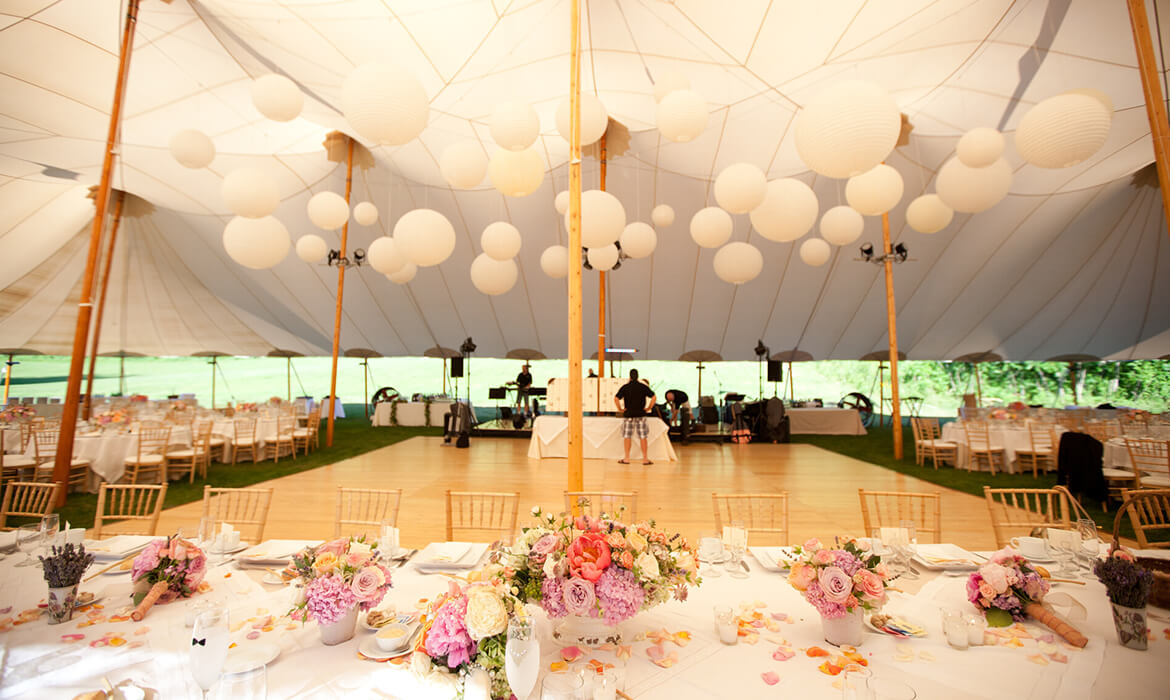Selecting the appropriate components for constructing a long-lasting and safe outdoor performance surface is crucial for ensuring an enjoyable experience. Exterior dance platforms must endure diverse weather elements while offering a stable surface for performers and participants. Thus, it is essential to evaluate factors such as material resilience, safety attributes, and maintenance demands when making choices. This guide will examine several appropriate options and their benefits in designing an outdoor dance floor.
One popular choice for outdoor dance floors is wood. Wood provides a classic and inviting appearance that many consider attractive. Hardwoods like maple or ash are particularly favored due to their strength and ability to absorb shock, which can safeguard dancers’ joints. Additionally, timber has inherent anti-slip qualities when finished properly, minimizing the chance of accidents. However, preserving a wooden dance floor demands routine coating and refinishing to protect it from moisture and UV damage, making it essential to consider the climate in which the floor will be installed.

Another practical option is composite materials, which blend natural fibers with polymers. These materials are engineered to be resistant to humidity, mildew, and discoloration from UV exposure. Composite dance floors offer longevity comparable to traditional wood without the extensive upkeep. They are more resistant to distortion and cracking than natural wood floors when subjected to harsh environmental conditions. In addition, composite surfaces often have integrated anti-slip features, making them a safer selection for open-air occasions.
For those seeking a more contemporary solution, interlocking tiles made of PVC or rubber are reliable options. These tiles are crafted for hassle-free setup and can be reconfigured or swapped as required. The versatility of using interlocking tiles allows for rapid assembly and breakdown, making them ideal for temporary dance events or festivals. Additionally, these materials provide cushioning that improves support while dancing and reduces the likelihood of accidents resulting from falls. The sealed structure of PVC and rubber also inhibits water absorption, additionally extending the lifespan of the flooring.
Finally, it is vital to consider the location and intended use of the exterior dance floor when selecting components. For instance, if the dance floor will be installed in a high-traffic area or exposed to inclement weather frequently, choosing robust materials that require news minimal maintenance will be essential. On the other hand, for lighter use or in more protected areas, less heavy options may be adequate. In any case, prioritizing safety features such as traction and shock absorption should remain at the forefront of planning.
To summarize, constructing a long-lasting and safe outdoor dance floor involves careful consideration of diverse solutions appropriate for different environments and purposes. Wood offers timeless beauty but requires diligent maintenance; engineered composites blend appearance with durability; modular flooring provide versatility and convenience. At the end of the day, identifying the unique requirements of the dance floor's planned use will inform decision-making toward selecting the most appropriate solution for an dancing surface rental services satisfying and secure dancing experience outdoors.